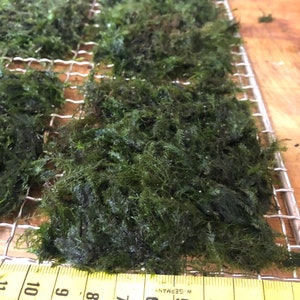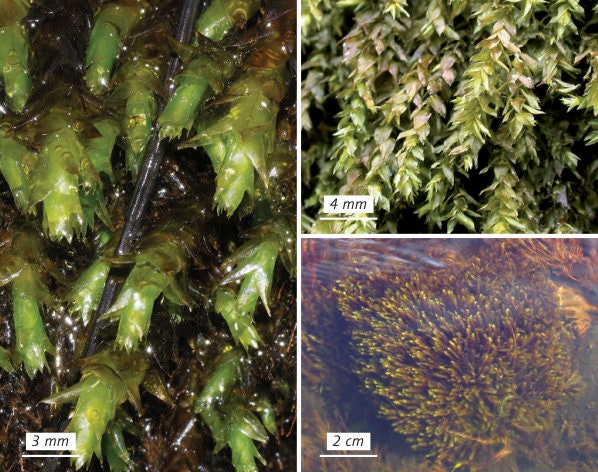

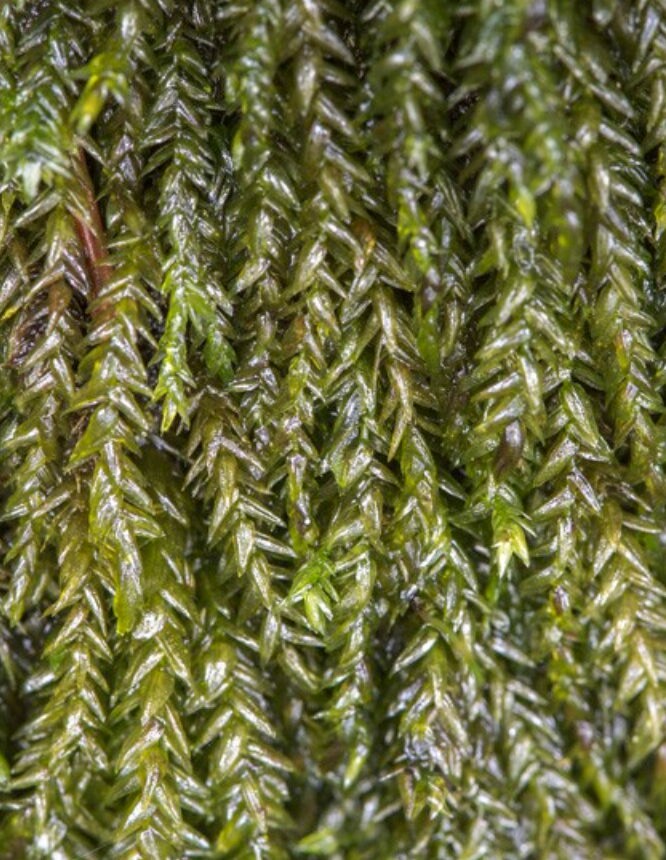

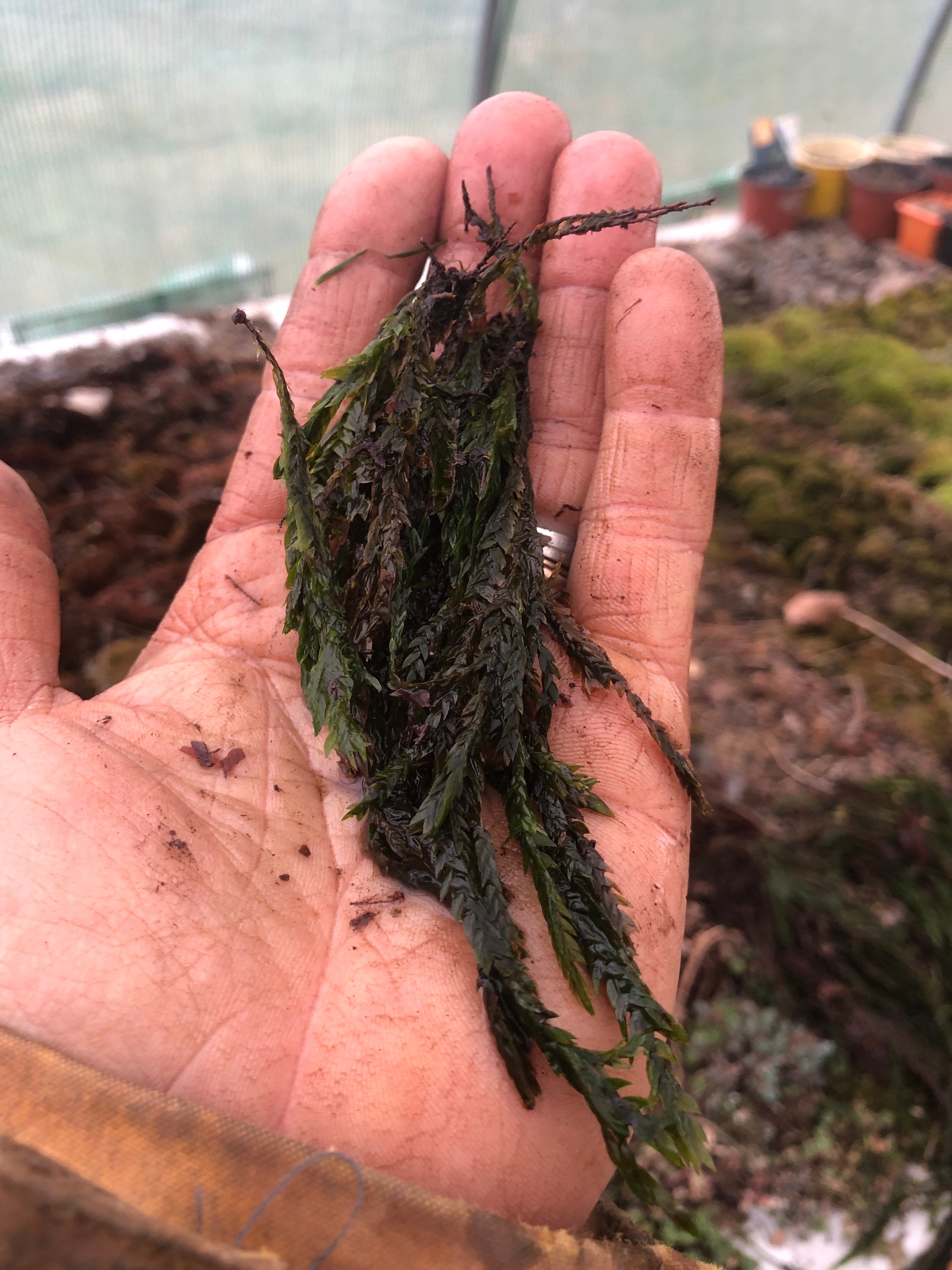
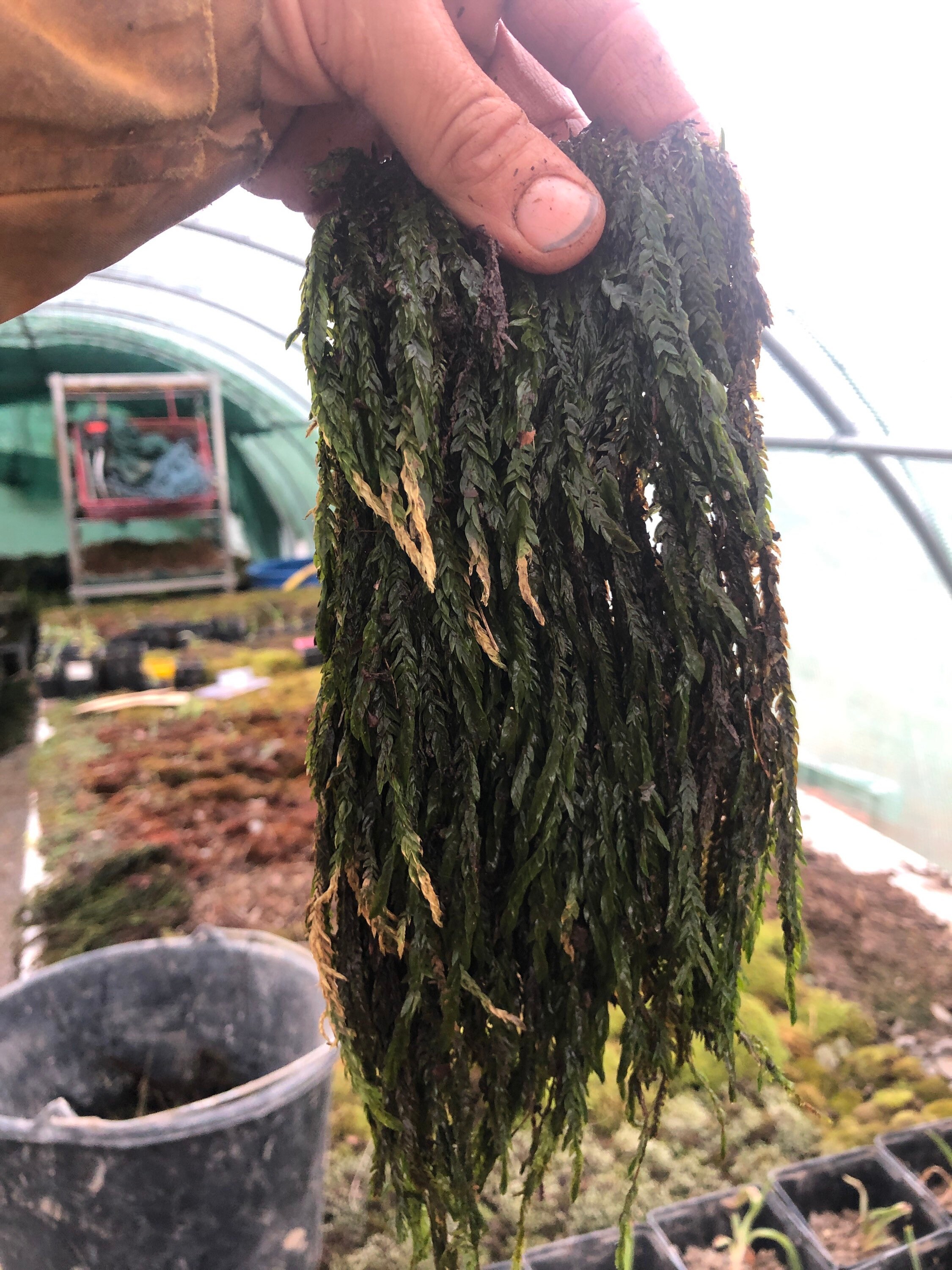
Aquatic moss
Aquatic feather moss Platyhypnidium riparioides, with Phytosanitary certification and Passport, grown by moss supplier
$4.75
-
DetailsPlatyhypnidium riparioides Is a full shade aquatic moss that look amazing in a water feature, attaches beautifully to tufa rocks
Making a bioactive terrarium? We also sell clean-up crews of arthropods (springtails), crustaceans (isopods), and Oniscomorpha (Pill millipedes). These unique living organisms will help establish a healthy relationship between the soil, plant roots and biodegradables inside the enclosure to thrive. If you interested in learning more please message/contact us or go to moss-wholesale.com
Free international tracked shipping from 100 euros of items bought with coupon FREESHIPPING100
If you are experiencing any problems during payment please contact me and we can sort it out, or we have another sitethrough which you can purchase these and more!
Watch this video full of info about this moss: https://youtu.be/xo2lJpTdDQZ
Platyhypnidium riparioides, the long-beaked water feathermoss, is a species of aquatic moss commonly found in many regions. This species is among the largest aquatic mosses growing up to 15 cm long!
P. riparioides occurs in or near water and varies considerably depending on the conditions.
In clean water, it may form large patches of long, sparingly branched shoots (to 10 cm or more), the older parts of the stems often becoming denuded.
At other times, especially in small and polluted streams, it may occur only as small, scruffy shoots.
Important characters are the rather large leaves (1.5–2.5 mm long), broadly egg-shaped, narrowed at the base, broadly pointed at the tip, and standing out from the stem when moist and dry.
They have a long, single nerve and finely but distinctly toothed margins.
The shoot tip of P. riparioides tends to look broad and flattened, which is not the case in related species.
Capsules (2 mm long) are often present.
The lid has a beak about 2 mm long, and the seta is smooth.
P. riparioides grows submerged or semi-submerged for at least part of the year on stones, tree roots and wood by lowland streams and rivers, but also in upland streams where the substrate is not too acidic.
It grows best in and by running water, and when included in a water feature like a fountain, waterfall, inside or outside, it will grow very long as it hangs in the running water.
https://youtu.be/xo2lJpTdDQY -
Shipping & Policies
Shipping from France
Processing time
1-3 business days
Customs and import taxes
Buyers are responsible for any customs and import taxes that may apply. I'm not responsible for delays due to customs.
Payment Options
Returns & Exchanges
I gladly accept returns, exchanges, and cancellations
Just contact me within: 14 days of delivery
Ship items back to me within: 30 days of delivery
- Custom or personalized orders
- Perishable products (like food or flowers)
- Digital downloads
- Intimate items (for health/hygiene reasons)
- Items on sale
Conditions of return
Buyers are responsible for return shipping costs. If the item is not returned in its original condition, the buyer is responsible for any loss in value.
Questions about your order?
Please contact me if you have any problems with your order.


